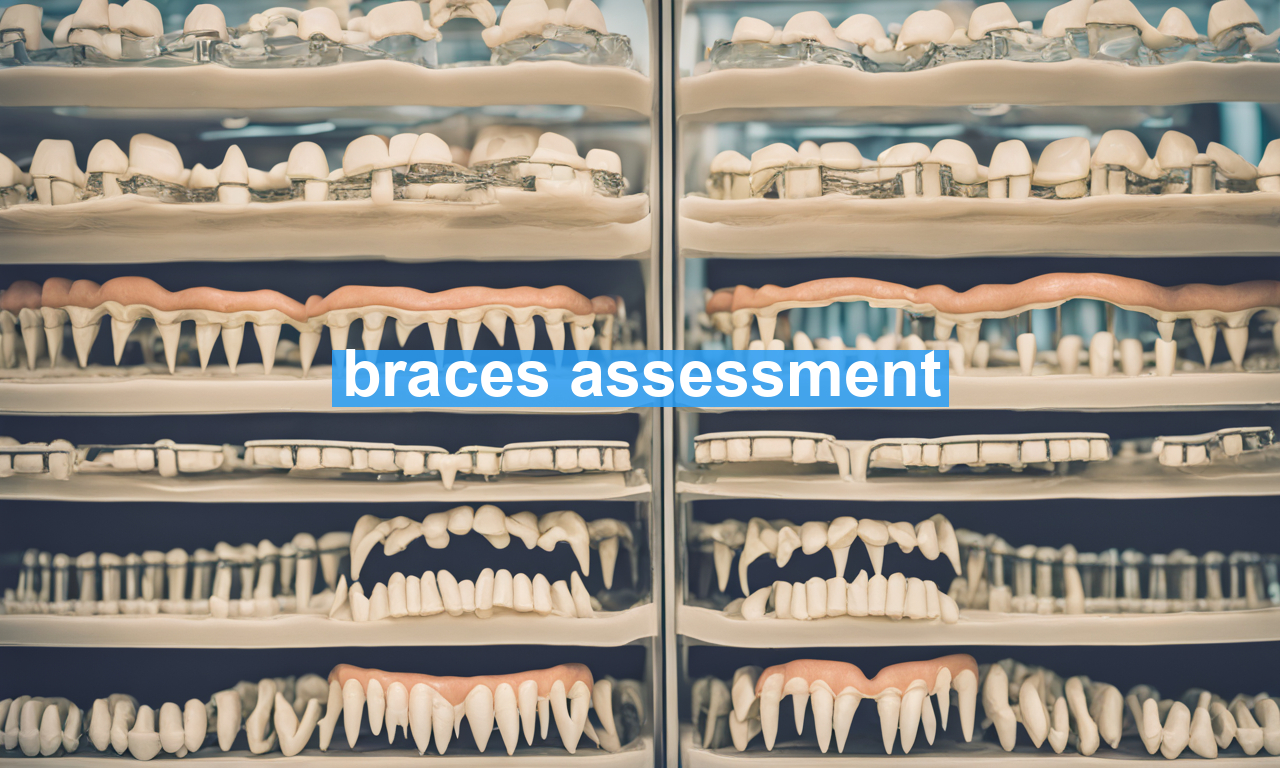Imagine waking up every day with the thought of that perfect smile you’ve always dreamed of. But, the road to achieving it involves a critical first step: braces assessment. Whether you’re a parent contemplating braces for your child or an adult considering straightening your own teeth, understanding the process of a braces assessment is paramount. Not only does it set the stage for an effective treatment plan, but it also ensures that you make an informed decision tailored to your specific dental needs.
Why is a Braces Assessment Important?
A braces assessment is more than just a routine dental visit. It’s a comprehensive evaluation that helps orthodontists determine the best course of action to address your unique dental issues. During the assessment, several factors are carefully examined:
- Misalignment of teeth
- Jaw position and bite
- Spacing issues
- Potential oral health problems
Each of these aspects plays a crucial role in developing a customized treatment plan that ensures optimal results.
What to Expect During a Braces Assessment
Wondering what happens during a braces assessment? The entire process is designed to be thorough but also comfortable for the patient. Here are the key steps you can expect:
Initial Consultation
Your first visit usually involves an initial consultation where the orthodontist discusses your concerns and goals. This is the perfect time to ask any questions you might have. The better you understand what’s happening, the more comfortable you’ll be as you move forward.
Comprehensive Examination
Next comes a detailed examination. This can include taking X-rays and photographs of your teeth and jaw. The orthodontist might also make molds or impressions of your teeth to get a better understanding of their alignment. These tools help in diagnosing any underlying issues that aren’t visible to the naked eye.
Discussion of Treatment Options
Once the examination is complete, the orthodontist will discuss the findings with you. You’ll get a detailed explanation of your dental issues and the potential treatment options available. This is usually when you’ll hear about different types of braces, such as traditional metal braces, ceramic braces, or even clear aligners like Invisalign.
Cost and Time Estimates
Lastly, the orthodontist will go over the estimated costs and time frames associated with each treatment option. It’s essential to understand these aspects to plan your budget and schedule effectively.
Types of Braces: Choosing the Right One
Deciding on the right type of braces can feel overwhelming, but your orthodontist will guide you through this decision. Here’s a brief overview of the most common options:
Traditional Metal Braces
Metal braces are the most common and typically the most affordable option. They are highly effective for severe misalignment issues, but they are also the most noticeable.
Ceramic Braces
These braces are similar to metal braces but are made from a clear or tooth-colored material, making them less noticeable.
Invisalign
Clear aligners like Invisalign are a popular choice for those looking for a virtually invisible treatment option. They are removable, which makes eating and oral hygiene more manageable but may not be suitable for more complex cases.
If you’d like to delve deeper into the different types of braces, the American Association of Orthodontists provides an excellent resource for further reading.
How to Prepare for Your Braces Assessment
Now that you know what to expect, here’s how to prepare for your braces assessment:
- Ask Questions: Write down any questions or concerns you might have before your appointment. Having a list will ensure you don’t forget to ask anything important.
- Oral Hygiene: Ensure your teeth and gums are in good health. Brush and floss regularly to minimize issues like cavities or gum disease, which could delay your treatment.
- Insurance Information: Bring your insurance details so the orthodontist’s office can provide you with accurate cost estimates.
- Be Open: Be honest about your needs and budget constraints. Your orthodontist can help you find a treatment plan that fits both your dental requirements and your financial situation.
Post-Assessment: Next Steps
After your assessment, you’ll receive a detailed treatment plan outlining the next steps. This generally includes:
- The type of braces recommended
- The estimated duration of the treatment
- Follow-up appointments (typically every 4-8 weeks)
- Care instructions to maximize the efficacy of your treatment
It’s crucial to follow your orthodontist’s advice carefully, attend all follow-up appointments, and maintain good oral hygiene to achieve the best results.
Conclusion
A braces assessment is an essential step toward that perfect smile you’ve been dreaming of. By understanding the importance of this evaluation, knowing what to expect, and preparing adequately, you ensure that you’re well-informed and ready to make the best decisions for your dental health. Remember, a commitment to following the treatment plan will lead you closer to a beautiful and healthy smile.
If you’re interested in learning more about the intricacies of braces and orthodontics, the Colgate Oral Care Center offers a wealth of information that can be quite helpful.
So why wait? Schedule your braces assessment today and take the first step toward the confident smile you deserve!

